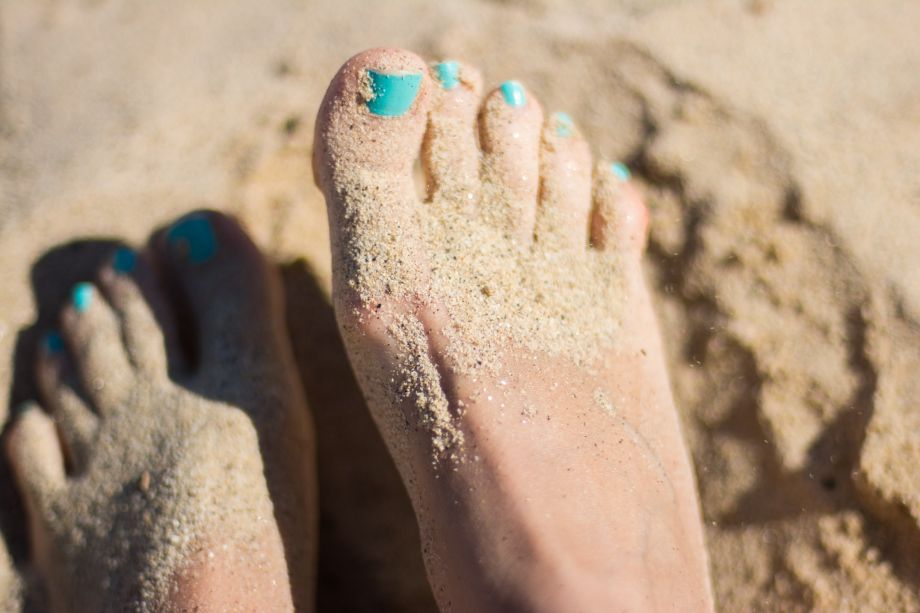Exploring a Holistic Approach to Skin Health: Understanding the Gut-Skin Axis
The pursuit of radiant skin has evolved beyond conventional skincare and beauty regimens, witnessing a shift towards embracing a holistic perspective. Beauty professionals are well aware that flawless skin isn’t solely influenced by genetics or skincare routines; factors like stress, sleep quality, environmental conditions, and hydration also exert significant effects.
Among the diverse influences on skin health, an often overlooked but impactful element is the state of our gastrointestinal system, referred to as the gut-skin axis.
Mariam Abbas, an advanced facialist from The Clinic Holland Park in London, defines the gut-skin axis as “the intricate relationship between the gut and the skin.” According to her, compromised gut health can substantially impact immunity, subsequently leading to skin disorders and diseases. Conversely, an imbalance in the skin’s microbiome can affect the gut in return.
Dr. Emily Porter, a gut health specialist and registered dietitian at The Gut Health Clinic in London, emphasizes that as much as 70% of our immune cells reside in the gut. Thus, a strong correlation exists between gut health and our skin’s ability to combat infection and inflammation.
Several gastrointestinal conditions such as coeliac disease and inflammatory bowel disease serve as illustrations of the correlation between gut issues and skin health. These diseases often present with concurrent skin problems alongside gut-related symptoms.
Abbas points out that while the skin isn’t a vital organ, it’s the first to display signs of disorder due to deficiencies. Gut dysbiosis, or imbalance, can compromise immunity, leading to systemic inflammation. Consequently, this can result in skin barrier impairment and inflammatory disorders like eczema, psoriasis, and acne.
Lorraine Perretta, head of nutrition at Advanced Nutrition Programme, concurs that specific skin concerns might indeed be linked to gut health. Although the precise mechanism remains unclear, research suggests that an imbalanced gut flora may contribute to various skin conditions including acne, eczema, psoriasis, and rosacea.
In terms of maintaining skin-gut health, emphasis is placed on dietary choices. Dr. Porter stresses the importance of a diverse diet rich in sources of fiber to support both gut and skin microbiomes. Foods such as whole grains, fruits like bananas, asparagus, berries, as well as fermented items like yogurt, miso, kimchi, sauerkraut, and kefir can positively influence gut health.
Abbas highlights the significance of different nutrients for healthy cell function, emphasizing the roles of proteins, complex carbohydrates, and essential fatty acids in skin health. Micronutrients such as vitamins D, E, K, C, and minerals like zinc and calcium are also crucial in maintaining healthy skin function and combatting inflammation.
However, the precise nature of the relationship between gut health and skin remains an area of ongoing research. Dr. Porter emphasizes that while a poor diet can lead to increased inflammation, discerning the exact influence on the skin—whether it’s the diet, inflammation, or changes in the gut microbiome—is yet to be conclusively established.
Certain foods are believed to contribute to skin health positively, while others may have adverse effects. Abbas notes that sugary, processed, dairy-rich, greasy, and gluten-heavy diets might exacerbate inflammation and skin conditions. Additionally, excessive alcohol, caffeine intake, and high-salt diets may lead to dehydration, premature aging, and puffiness.
Dr. Porter advises caution when altering diets, especially in the context of existing skin conditions like rosacea. Consulting a nutrition professional before making significant dietary changes is crucial to avoid potential nutritional inadequacies.
While supplements cannot substitute a healthy diet, they can complement nutrient intake, especially focusing on gut health, digestion, and vital nutrients like omega-3 and vitamin D, essential for skin health.
Beauty professionals play a pivotal role in guiding clients towards a healthier diet, addressing known inflammatory food groups. However, they emphasize the importance of referring clients to qualified professionals for gut-related issues affecting the skin.
Acknowledging the intrinsic link between skin and gut health, specialists in each field advocate for collaborative approaches. Dr. Porter recommends seeking guidance from registered dietitians or gut health experts who possess credible qualifications and expertise, ensuring the provision of evidence-based advice.
Article Source: Professional Beauty – How does gut health affect the skin?



